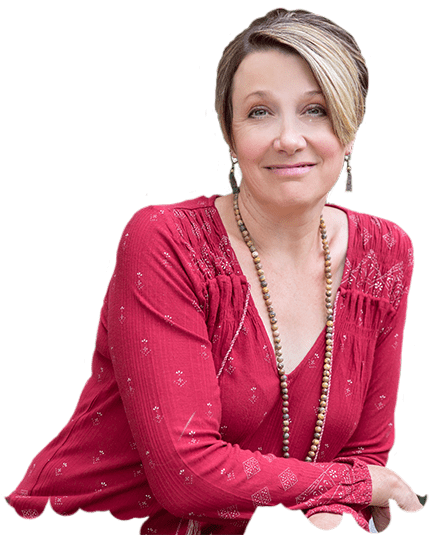Recently I lead an outdoor back yard yoga practice, bringing students together in a socially distanced environment. It was wonderful, and just what we all needed. Joining them in the final relaxation phase of class, I guided them, asking them to notice the subtle sensations in their bodies. When I was done guiding and all was quiet, I became reminded of just how crooked I really am.

Lumbar Curve
Learning just over a year ago that I, myself, have lumbar scoliosis, I was surprised to say the least. But then again, I had never had a reason to have my back x-rayed earlier in my life, so surprise quickly turned to interest and understanding and improved not only my practice, but my teaching.
For years I’ve noticed more and more that it is more difficult to twist one way than the other during my yoga practice. That I prefer to always lean my legs against the left arm of the couch while watching TV. Turning my legs to the right side as I sleep has become quite uncomfortable. And laying on the concrete that day, noticing sensations in my own body, I noticed I am subtly rotated to the left. From my hips to my shoulders, my torso is subtly twisted because my pelvis is slightly rotated from the scoliosis.
“Lumbar scoliosis and the understanding of its effects on my body and yoga practice has influenced not only how I practice now, but the content of my Scoliosomatics™ program and how I teach it.”
Never Knowing I was Asymmetrical Caused Me to Injure Myself
Having had to navigate around a couple of significant yoga injuries I sustained over the years – a torn hamstring insertion and hip issues, I began to understand why these injuries occurred in the first place. Believing they were simply repetition injuries (injuries caused by doing the same movement over and over and over into a full range of motion,) I suddenly realized that yes, repetition did contribute, but the real cause was my pelvis. Due to the unknown lumbar scoliosis, my right hip is higher than my left and slightly rotated forward. As a result, when I now practice or exercise, I do things differently on each side to support the areas of my body that need it and to stabilize and support my scoliosis. I help my clients do the same.
Yoga is Not One Size Fits All
Standard group yoga classes and yoga classes in general are taught symmetrically, meaning that every pose is done the same on both sides. Often, a student is encouraged to try to make poses look equal on both sides, or make the body fit the pose, so to speak, instead of the pose fit the body. For someone without a condition like scoliosis, this can create issues, let alone for someone with it. Anyone with scoliosis seeking a movement practice should be aware both sides are not created equal – especially with scoliosis – and neither is yoga instruction created equal. Their teacher or instructor should be experienced in working asymmetrically with the body, understanding that each side of the body will need something very different and how to support those differences.



